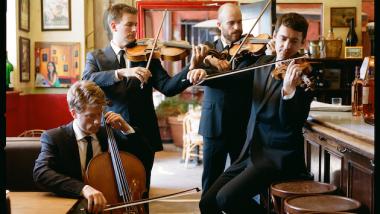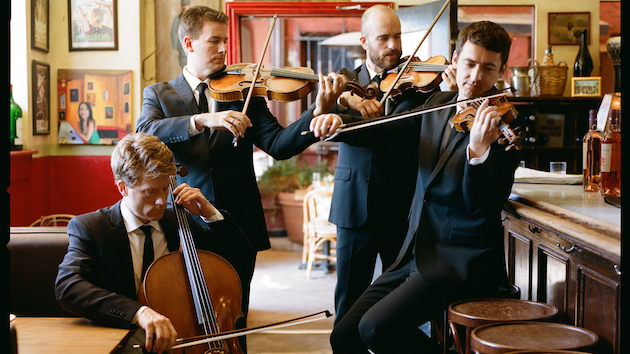
Had Christopher Cerrone’s compositional ideas gone according to plan, Can’t and Won’t, which had its world premiere Thursday at the Walt Disney Concert Hall performed by the Calder Quartet, would have been a more grandly scaled song cycle.
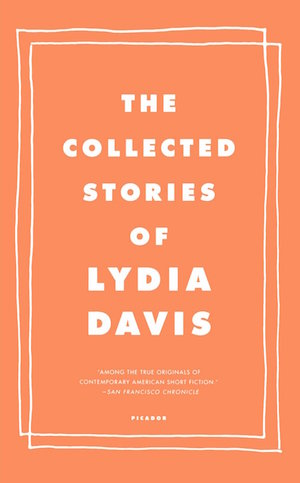
The composer’s original intention was to create a full-length work drawn from The Collected Short Stories of Lydia Davis. But, as Cerrone admits in his program notes, “I could never quite make the piece I wanted to.”
Rather than completely tossing in the towel, Cerrone decided to salvage the best melodic and structural ideas he’d already composed and reformat them for string quartet, which is the piece that was premiered by the Calder Quartet. Length, a little over 10 minutes.
It’s fair to assume that the tempos at which Can’t and Won’t is to be played are notated in Cerrone’s score. It’s also possible that those tempos were recalibrated during the process of rehearsal. In either case, the speed at which the members of the Calder Quartet: Benjamin Jacobson (violin), Andrew Bulbrook (violin), Jonathan Moerschel (viola) and Eric Byers (cello) performed it, barely gave the piece time to breathe.
The Calder Quartet likes to play fast and clean. A friend of mine in the business refers to them as “the Ferrari of string quartets.” It is a preference the quartet also showed in performances of the other two pieces on the program: Arnold Schoenberg’s Verklärte Nacht, Op. 4, and Franz Schubert’s String Quartet No. 14 in D minor “Death and the Maiden.”
Can’t and Won’t is meant to begin out of nowhere with the players ever so softly tapping on the open strings. The effect is intriguing. You could see the musicians playing and knew something was happening before you could actually make out the tones. Perhaps not trusting the acoustical brightness of Disney Hall (where you can hear everything, whether you want to or not), the quartet rushed the effect. What should have been a gradual process of ethereal emergence raced by like a sign on the highway.
As in his opera, Invisible Cities, Cerrone’s music relies heavily on creating atmosphere within which melodic ideas circulate and develop. On a much smaller scale Can’t and Won’t uses similar techniques. Its recurring melody, a five or six-note phrase, emerges out of a series of a sound environment created by the quartet. Beginning in the cello this phrase is presented in various instrumental combinations, but always in the same form without inversion or variation.
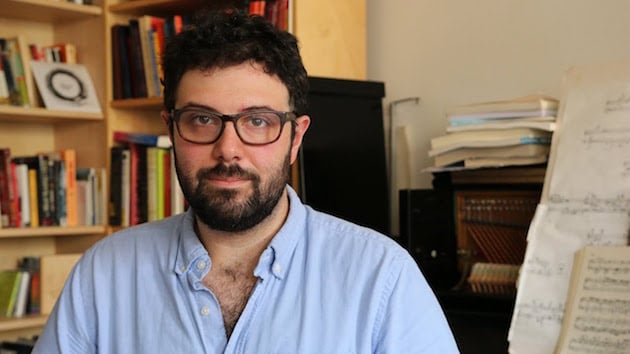
The structures, described by Cerrone as a series of “songs without words,” vary between lyrical and aggressive, often with one instrument or pairing of instruments functioning essentially as a drone while more rapid figures hover above.
As each song ends (on a downbeat of dissonance) the drone note continues forming a bridge to the next song. It’s a connecting thread technique (though without the dissonance) that also appears in the works by Schoenberg and Schubert.
As its title implies Can’t and Won’t is somewhat conflicted, a push and pull of ideas. It just would have benefitted from more time to breathe.
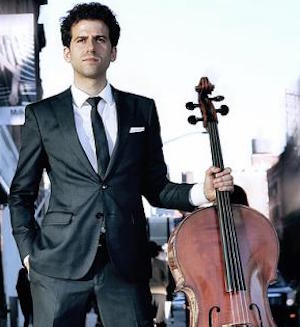
For the performance of Verklärte Nacht, the members of the Calder Quartet were joined by Richard O’Neill (viola) and Nicholas Canellakis (cello). At its best, the performance captured beautifully Schoenberg’s aura of mysticism and chromatic richness. But there were also passages when the ensemble employed attacks so aggressive they verged on stridency. As author Norman Mailer once observed, “You don’t need a steamroller to flatten a butterfly’s wings.”
No one would question the exactitude of the Calder’s performance of Death and the Maiden. It was without out a doubt impressive. I just would have liked to have felt a bit more richness and heart under the hood.

